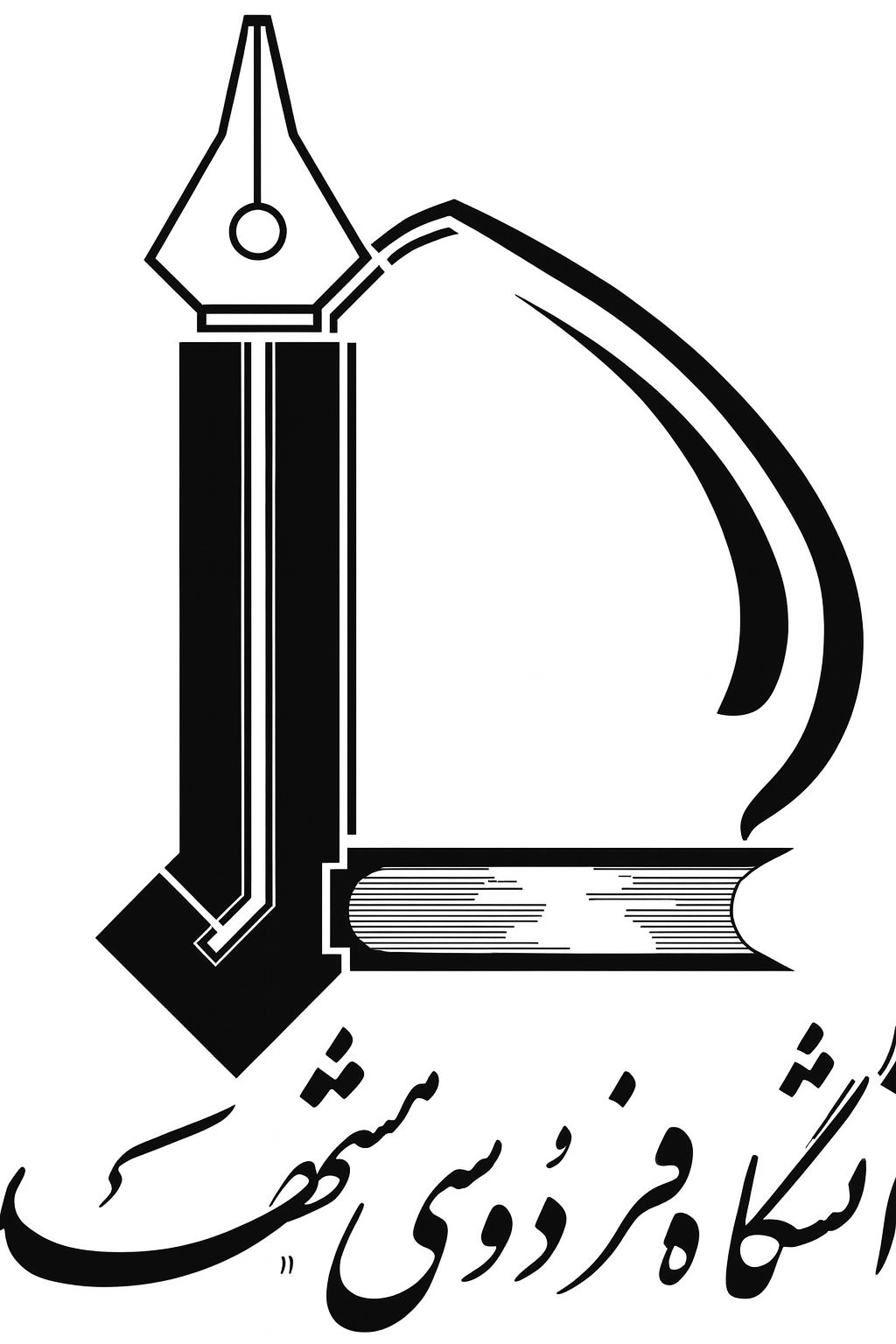Title : ( Foliar Application of some Micronutrients Improves Productivity and Seed Quality of Camelina (Camelina sativa (L.) Crantz) Genotypes )
Authors: Akram rostamipour , Reza Tavakkol Afshari , Hamid Reza Khazaei , Danial Karhrizi , HamidReza Eisvand ,Abstract
Camelina (Camelina sativa (L.) Crantz), an oilseed from the Brassicaceae family, is used in food and pharmaceutical industries. This study aimed to explore the impact of micronutrient foliar application on camelina seed yield and quality. The research was conducted during the 2021 and 2022 growing season at the farm of Faculty of Agriculture, Ferdowsi University of Mashhad, Iran. The study was conducted in a split factorial experiment based on a randomized complete block design (RCBD) with three replications. Two camelina genotypes (Soheil cultivar and Line 69) were used as materials in the study. The treatments used include foliar application of FeSO4 (4 kg ha−1), ZnSO4 (3.6 kg ha−1), MnSO4 (2.5 kgha−1), a combined treatment of FeSO4, ZnSO4, and MnSO4 (3.3 kg ha−1), distilled water and control applied at two stages of 50% flowering and 50% podding. The measured traits included plant height, pod number, 1000-seed weight, seed yield, harvest index, seed protein content, seed oil content and fatty acid percentage. The result revealed a significant difference between genotypes in plant height, pod number, 1000-seed weight, seed yield, and harvest index. In both Soheil and Line 69, the control and distilled water treatments had the lowest 1000-seed weight, seed yield, and oil content. Moreover, oil content decreased as 1000-seed weight increased, and oleic acid content decreased with increasing seed weight. Plant height in Soheil is approximately 3.22% lower than in Line 69. However, the number of pods per plant in Soheil is about 7.18% higher. 1000-seed weight in Soheil is around 6.63% greater, and seed yield is approximately 7.45% higher compared to Line 69. Additionally, the harvest index in Soheil is 3.74% higher. Overall, Soheil demonstrates better per-formance than Line 69 in most key traits, particularly in pod number, seed weight, and seed yield. Foliar application at 50% flowering stage is recommended for increasing camelina seed yield. Moreover, FeSO4 foliar application improves camelina oil production
Keywords
Micronutrient nutrition · Seed oil percentage · Seed protein percentage · Yield and yield components@article{paperid:1104842,
author = {Rostamipour, Akram and Tavakkol Afshari, Reza and Khazaei, Hamid Reza and دانیال کهریزی and حمیدرضا عیسوند},
title = {Foliar Application of some Micronutrients Improves Productivity and Seed Quality of Camelina (Camelina sativa (L.) Crantz) Genotypes},
journal = {Journal of Soil Science and Plant Nutrition},
year = {2025},
month = {October},
issn = {0718-9516},
keywords = {Micronutrient nutrition · Seed oil percentage · Seed protein percentage · Yield and yield components},
}
%0 Journal Article
%T Foliar Application of some Micronutrients Improves Productivity and Seed Quality of Camelina (Camelina sativa (L.) Crantz) Genotypes
%A Rostamipour, Akram
%A Tavakkol Afshari, Reza
%A Khazaei, Hamid Reza
%A دانیال کهریزی
%A حمیدرضا عیسوند
%J Journal of Soil Science and Plant Nutrition
%@ 0718-9516
%D 2025


